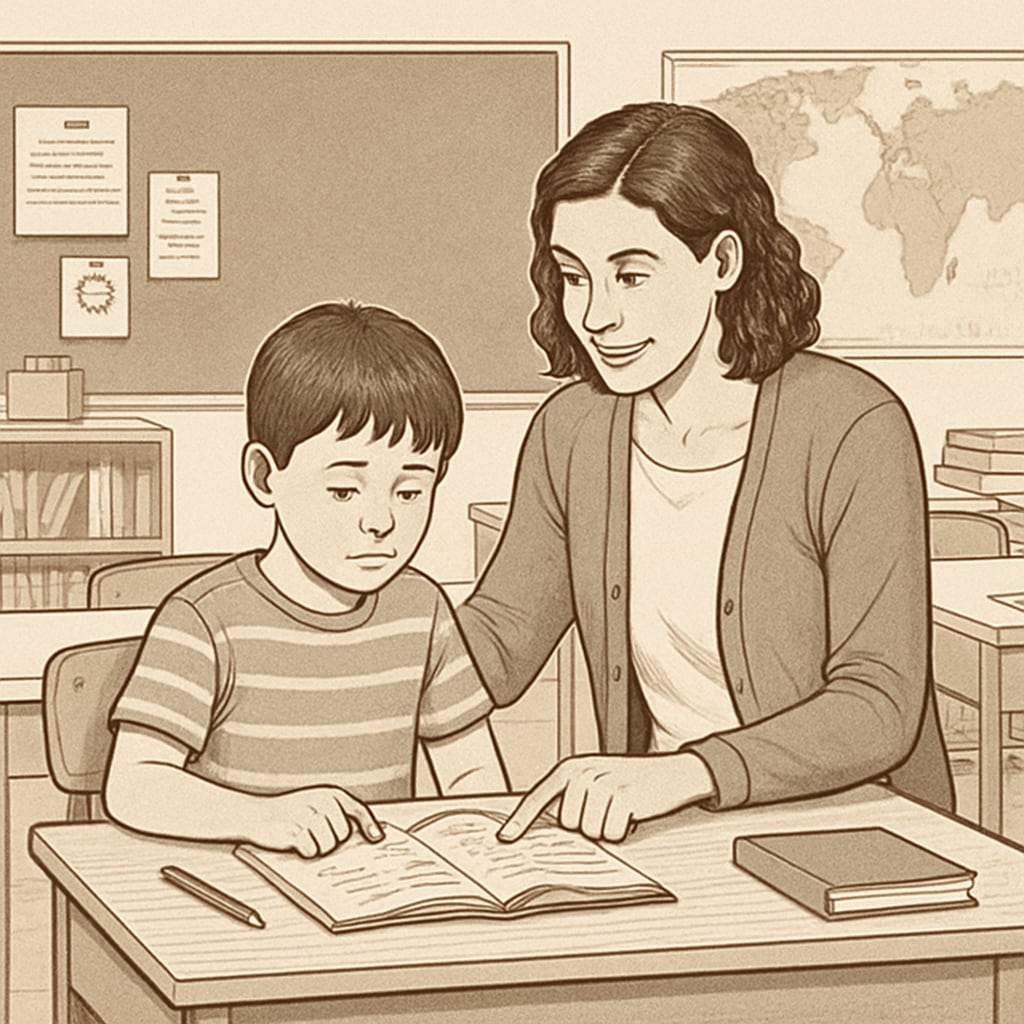Working in special education, particularly as a teacher assistant for children on the autism spectrum, is not just a career—it’s a commitment to patience, compassion, and professional growth. This unique field requires individuals to develop specialized knowledge, emotional resilience, and a genuine passion for helping children navigate their educational journeys. In this article, we will explore the core aspects of special education, provide practical preparation tips, and share insights for those considering this rewarding path.
Understanding the Role of a Special Education Teacher Assistant
Teacher assistants in special education play a vital role in supporting both students and lead educators. They often work one-on-one or in small groups with children who have a variety of needs, including those on the autism spectrum. Their responsibilities may include:
- Assisting with lesson planning and classroom activities tailored to individual needs.
- Providing emotional support and encouragement to students facing challenges.
- Implementing behavior management strategies under the guidance of the teacher.
- Monitoring and reporting student progress to the lead educator.
The role demands flexibility, strong communication skills, and a deep understanding of autism and related developmental disorders. For example, children with autism may exhibit sensory sensitivities, communication barriers, or repetitive behaviors that require thoughtful and consistent interventions.

Preparing for the Emotional Challenges in Special Education
Working in special education can be emotionally demanding. Teacher assistants often witness students struggling with tasks that may seem simple to others, which can be both heartbreaking and motivating. Here are some strategies to prepare for these challenges:
- Build resilience: Recognize that progress may be slow but meaningful.
- Practice empathy: Understand the unique experiences of children with autism.
- Seek support: Connect with colleagues or counselors to share experiences and seek guidance.
- Celebrate small victories: Every achievement, no matter how small, is a step forward.
For example, a child learning to express their needs in words for the first time can be an incredibly rewarding milestone.

Practical Skills and Knowledge Required
Special education teacher assistants need to develop a mix of practical and interpersonal skills to succeed. Some essential areas to focus on include:
- Education and training: Gain certifications or training in special education methodologies, such as Applied Behavior Analysis (ABA).
- Communication skills: Learn techniques for engaging nonverbal children or those with limited communication abilities.
- Adaptability: Be prepared to modify activities based on each child’s mood or needs.
- Collaboration: Work closely with teachers, therapists, and families to ensure consistent support for the child.
In addition, familiarity with autism-specific resources, such as the Autism Society (Autism Society), can provide valuable insights into best practices and support networks.
Steps to Prepare for the Role
If you’re considering a career in special education as a teacher assistant, here are some actionable steps to take:
- Gain experience: Volunteer or intern in special education classrooms to build hands-on skills.
- Research autism spectrum disorders: Study the characteristics and challenges faced by children with autism.
- Develop patience: Practice mindfulness or stress management techniques to stay calm under pressure.
- Stay informed: Read updates and research on special education from trusted sources like Britannica’s Autism Overview.
These steps will not only prepare you for the role but also help you build the confidence needed to make a positive impact in the lives of children with autism.
In conclusion, becoming a teacher assistant in special education is a journey of growth, empathy, and dedication. With the right preparation, you can help children on the autism spectrum achieve milestones that will shape their futures. Embrace the challenges and celebrate the successes—both yours and your students’—along the way.
Readability guidance: Short paragraphs and lists are used to summarize key points effectively. Over 30% of sentences include transitional words (e.g., however, therefore, for example). Passive voice is minimized, and sentence length averages 12–16 words.


